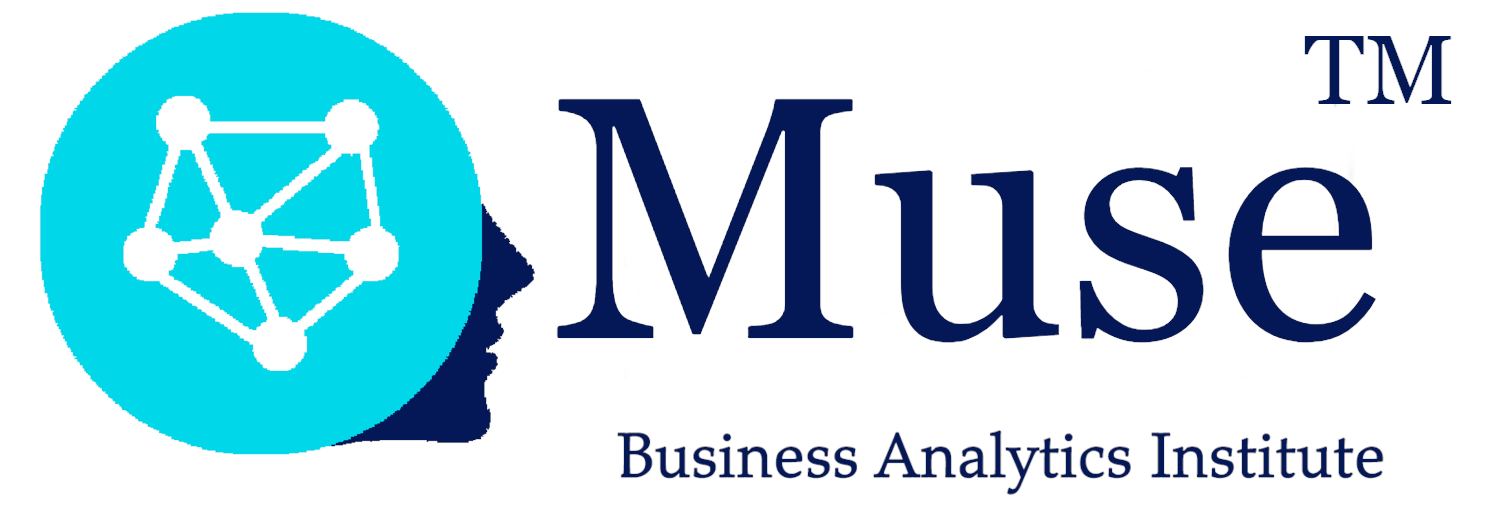Agronomy: Around the world of AI
Africa
After exploring the American continent, we now turn our attention to Africa. In terms of numbers, Africa is home to 1,480,770,525 people. However, it is also one of the continents most affected by famine.
According to the Global Report on Food Crises (GRFC 2024), approximately 158.1 million people across 35 African countries were impacted by food insecurity in 2023.
East Africa (8 countries): 64.2 million people
Figure 10 - Number of people facing high levels of acute food insecurity in 8 countries in 2023.
Source: Food Security Information Network (FSIN) – Global Report on Food Crises (GRFC), p. 26, 2024.
Central and Southern Africa (13 countries) : 49.6 million people
Figure 11 - Number of people facing high levels of acute food insecurity in 13 countries in 2023.
Source: Food Security Information Network (FSIN) – Global Report on Food Crises (GRFC), p. 26, 2024.
Central and Southern Africa (14 countries) : 49.6 million people
Figure 11 - Number of people facing high levels of acute food insecurity in 14 countries in 2023.
Source: Food Security Information Network (FSIN) – Global Report on Food Crises (GRFC), p. 26, 2024.
After this digression, let's return to the use of AI on the African continent. Our plane lands in Nairobi, Kenya. Kenya is considered part of the cradle of humanity, where the first bones of Homo habilis (our common ancestor) were discovered.
Kenya could also be the birthplace of Homo notitia agriculturae (Human of agricultural knowledge). Farmers on the African continent have limited data about their territories. Satellite survey data exists, but it's often still in paper form and available at prohibitive costs that local farmers cannot afford. There are also international data and models, but they are less precise for the African continent.
In Nairobi, the Kenyan startup Amini, created by Kate Kallot, addresses this lack of information through the use of drones and IoT sensors, as well as existing data. Amini is capable of collecting and analyzing this data to transmit information or recommendations to farmers, insurers, or governments at a lower cost (This Nairobi startup is using AI to add data science to African agriculture, Steven Melendez, Fast Company, June 20, 2024).
Additionally, Amini has decentralized its model computation centers. Instead of using remote infrastructures like AWS (Amazon) or AZURE (Microsoft), through partnerships with Hewlett Packard Enterprise (HPE) and NVIDIA, Amini has centralized its computation centers on the African continent while employing local engineers and data scientists.
For our second stop in Africa, we head to Tanzania.
In a scientific study by Neema Mduma and Hudson Laizer (Machine learning imagery dataset for maize crop: a case of Tanzania, Neema Mduma and Hudson Laizer, Data in Brief, volume 48, June 2023, updated June 2024), researchers focused on detecting diseases in maize plants. It's worth noting that maize cultivation is an important source of income for many small-scale farmers and a significant food source for African tropical regions.
Corn crops are regularly subjected to diseases such as maize streak virus or maize lethal necrosis.
The aim of this study is to compile a set of over 18,000 images using smartphone cameras to generate a model for creating tools that will ultimately help farmers improve their maize production yields by assisting them in diagnosing their crops.
Next destination: Europe




